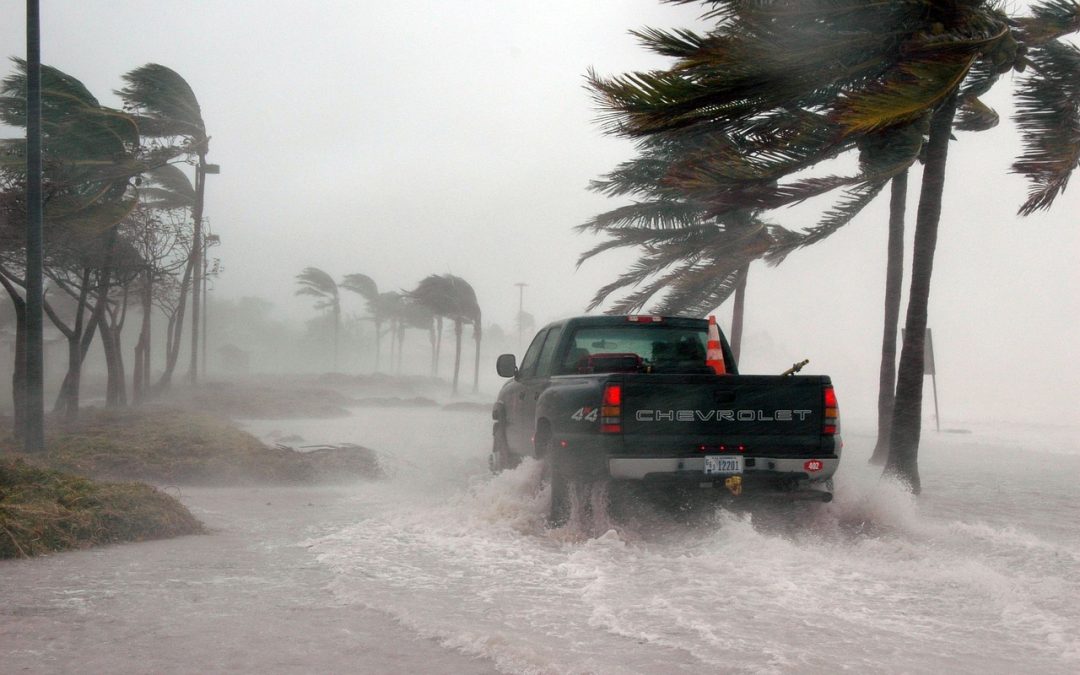Purchasing a used car can be an exciting venture, offering a more affordable option compared to brand-new vehicles. However, there’s a potential pitfall that buyers need to be wary of—hidden hurricane damage. Hurricanes can wreak havoc on cars, causing both obvious and subtle issues that may not be immediately apparent. In this blog, we’ll explore the telltale signs that can help you determine whether a car has been affected by a hurricane.
- Check the Vehicle History Report: One of the first steps in uncovering a car’s past is to obtain a comprehensive vehicle history report. Services like Carfax can provide valuable information about the vehicle’s title history, odometer readings, and any reported accidents. Look for any mentions of flood damage, salvage titles, or insurance claims related to water damage.
- Examine the Title: A thorough examination of the vehicle’s title is crucial. Look for terms like “salvage,” “flood,” or “rebuilt.” If any of these terms appear, it could be an indication that the car has suffered significant damage, potentially from a hurricane. Be cautious if the title seems inconsistent or if the vehicle has been titled multiple times in a short period.
- Inspect the Interior: Water damage can leave behind telltale signs in a car’s interior. Check for musty or moldy odors, as these can be indicative of water infiltration. Examine the carpets, upholstery, and under the seats for any signs of water stains or discoloration. Additionally, inspect the dashboard and electronics for erratic behavior, as water damage can affect the vehicle’s electrical system.
- Look for Rust and Corrosion: Hurricanes often expose vehicles to saltwater, leading to accelerated rust and corrosion. Inspect the car’s metal components, such as the frame, suspension, and undercarriage, for any signs of rust or corrosion. Pay close attention to areas that are typically hidden, as sellers may attempt to mask damage with cosmetic repairs.
- Check the Engine Compartment: Lift the hood and inspect the engine compartment for any signs of water damage. Look for a high-water mark, waterlines, or mud residue. Additionally, check the air filter for water stains and the engine oil dipstick for any milky or foamy residue, which could indicate water contamination.
- Inspect the Lights and Electronics: Water damage can affect a car’s lighting and electronic systems. Test all lights, including headlights, brake lights, and turn signals. Check the functionality of the audio system, air conditioning, and other electronic components. Inconsistent or malfunctioning features may be a red flag.
- Get a Professional Inspection: When in doubt, seek the expertise of a qualified inspector. A professional inspection from a reliable company like iNeedaPPi can reveal hidden issues that may not be apparent to the untrained eye. Inspectors can assess the overall condition of the car and provide insight into any potential hurricane-related damage.
Buying a used car requires a discerning eye and thorough research, especially when it comes to the aftermath of natural disasters like hurricanes. By carefully examining the vehicle history, title, interior, exterior, and seeking professional inspection, you can increase your chances of avoiding a car that has been compromised by hurricane damage. Taking these precautions will not only save you from potential headaches but also ensure that your investment is a reliable and safe mode of transportation.



